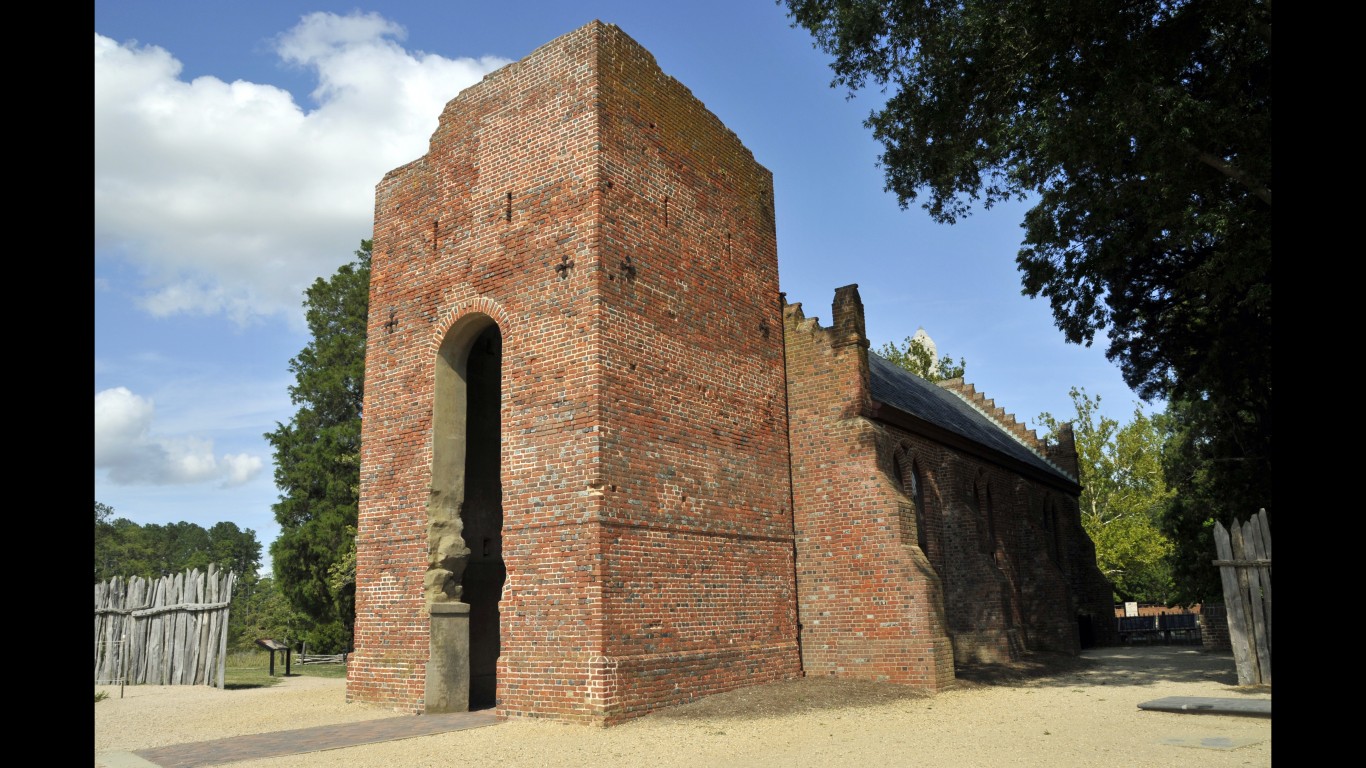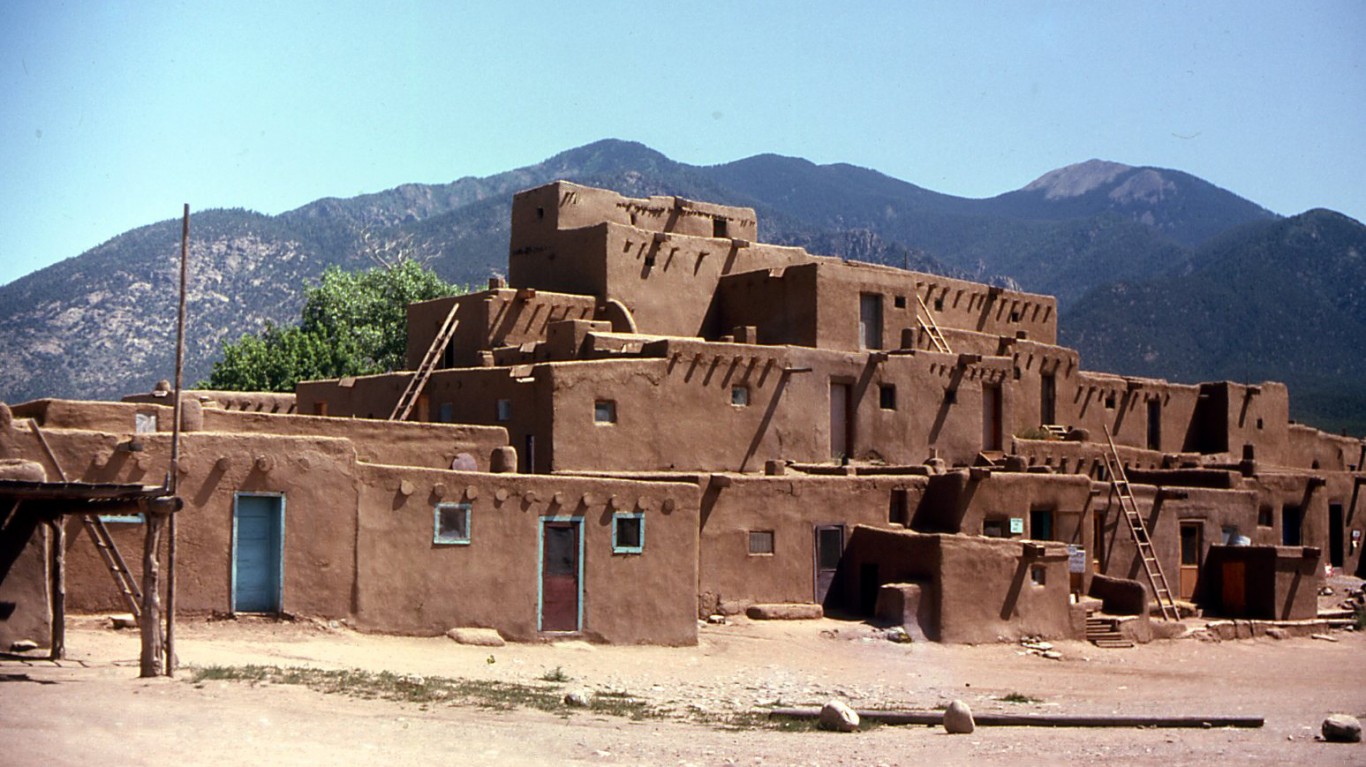
The Pilgrims came ashore at Jamestown in 1607. The Constitution of the United States was not ratified until 1788. Between those two dates, much of the East Coast of America was settled, though some settlements were established even before 1620. In fact, the first European settlement came even earlier, in 1565.
However, there were a number of thriving, settled cities in the United States that were founded well before any Europeans arrived. The oldest known city in America, Oraibi, is located in Arizona. Estimates place the founding of this city at between 1100 and 1150.
To determine the oldest continuously inhabited cities in the continental United States, 24/7 Tempo perused several historical sources, publications, and archives.
There are a handful of Native American cities in the southwestern part of the country that have been continuously inhabited for over 500 years. These cities had been in place before Spanish conquistadors first stumbled across them in the 1500s in their search for legendary cities of gold.
In addition to being the oldest known city in America, Oraibi stands out in several other ways. The residents of the city still adhere to the ways of life passed down from their ancestors and generally do not interact with the outside world. It is difficult to estimate exactly how many people still live there.
Many of the oldest Native American villages have become historical sites featuring tours and other activities, but this is not the case at Oraibi. There are no tourist areas in the city, and photography is prohibited.
Click here to see the oldest city in America
23. Hopewell, Virginia
> Founded in: 1625
Hopewell is one of several Virginia cities to rank among America’s oldest. Hopewell itself can trace its origins back over 400 years. The area, located in what is today southeastern Virginia, was settled in 1613 and called Bermuda City. The area was destroyed in an attack by Native Americans in 1622 and was not rebuilt until 1635.
Unlike many other cities that rank among the nation’s oldest, Hopewell is relatively small — its population, as of the most recent census, is fewer than 23,000.
[in-text-ad]
22. St. Mary’s City, Maryland
> Founded in: 1634
Dating back nearly four centuries, St. Mary’s City, Maryland, is one of America’s oldest cities. The waterfront hamlet was officially founded in 1634 by a group of English Catholics who left their home country to avoid religious persecution. The settlement would go on to be Maryland’s colonial capital for more than six decades.
Today, the city of St. Mary’s is home to just over 1,500 people, and the original settlement now functions as a living history museum.

21. Williamsburg, Virginia
> Founded in: 1632
Williamsburg is one of a half-dozen cities in Virginia on this list and all, and all can trace their roots back to the 1630s, if not earlier. The settlement was originally called Middle Plantation because it was situated between the York River and the James River. It was renamed in 1699, after King William III.
The newly-named city was also declared the capital of the Virginia colony that year, which it would remain through the end of the British Colonial period. In present day, Williamsburg is home to nearly 15,000 people.
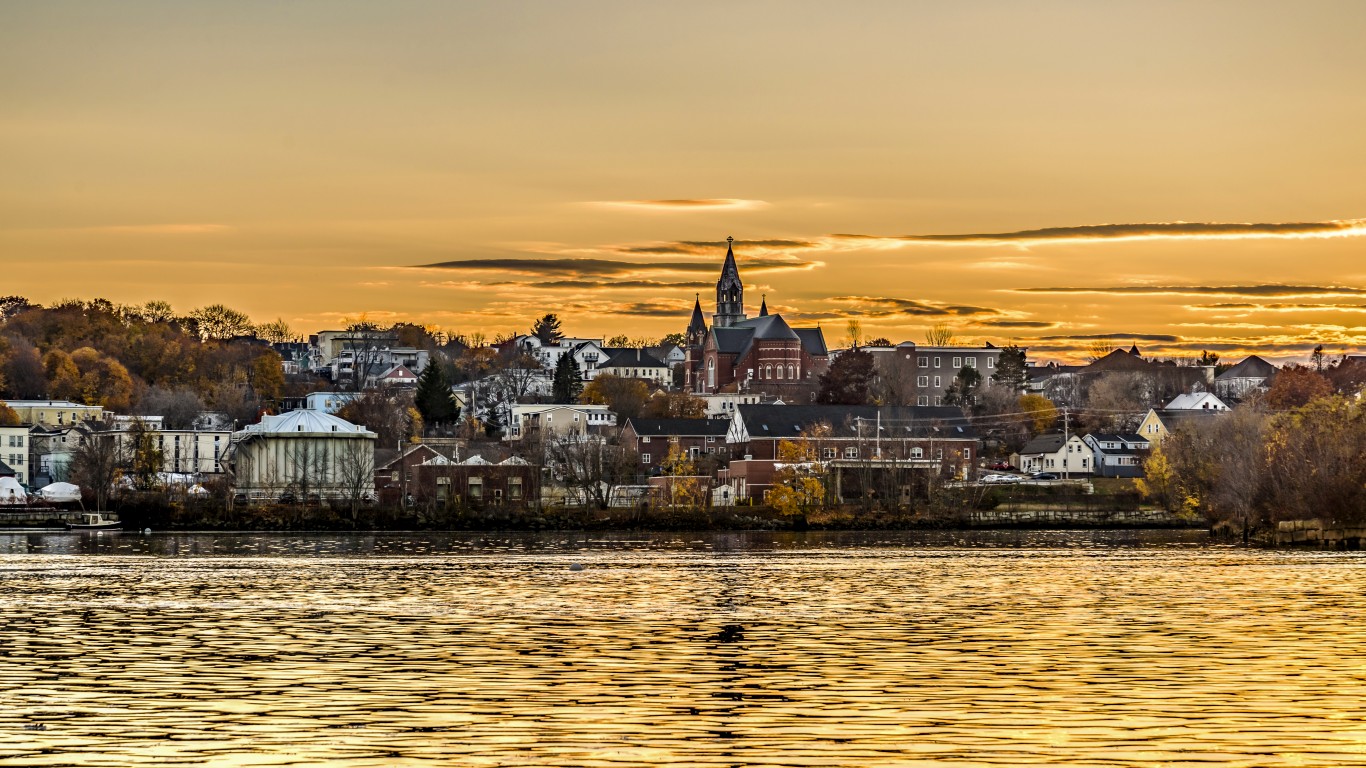
20. Biddeford, Maine
> Founded in: 1630
Biddeford, Maine, is located in the southern part of the state, bordered on the east by the Atlantic Ocean and on the north by the Saco River. The area that would become the city was initially explored by Europeans in the early 1600s, including Martin Pring in 1603, Samuel De Champlain in 1604, and John Smith in 1614.
However, it was not any of the early explorers that established the city, but a doctor named Richard Vines. He initially lived in the area for about a year, beginning in 1616. He and another man, John Oldham, returned in 1630 and made the settlement permanent.
[in-text-ad-2]
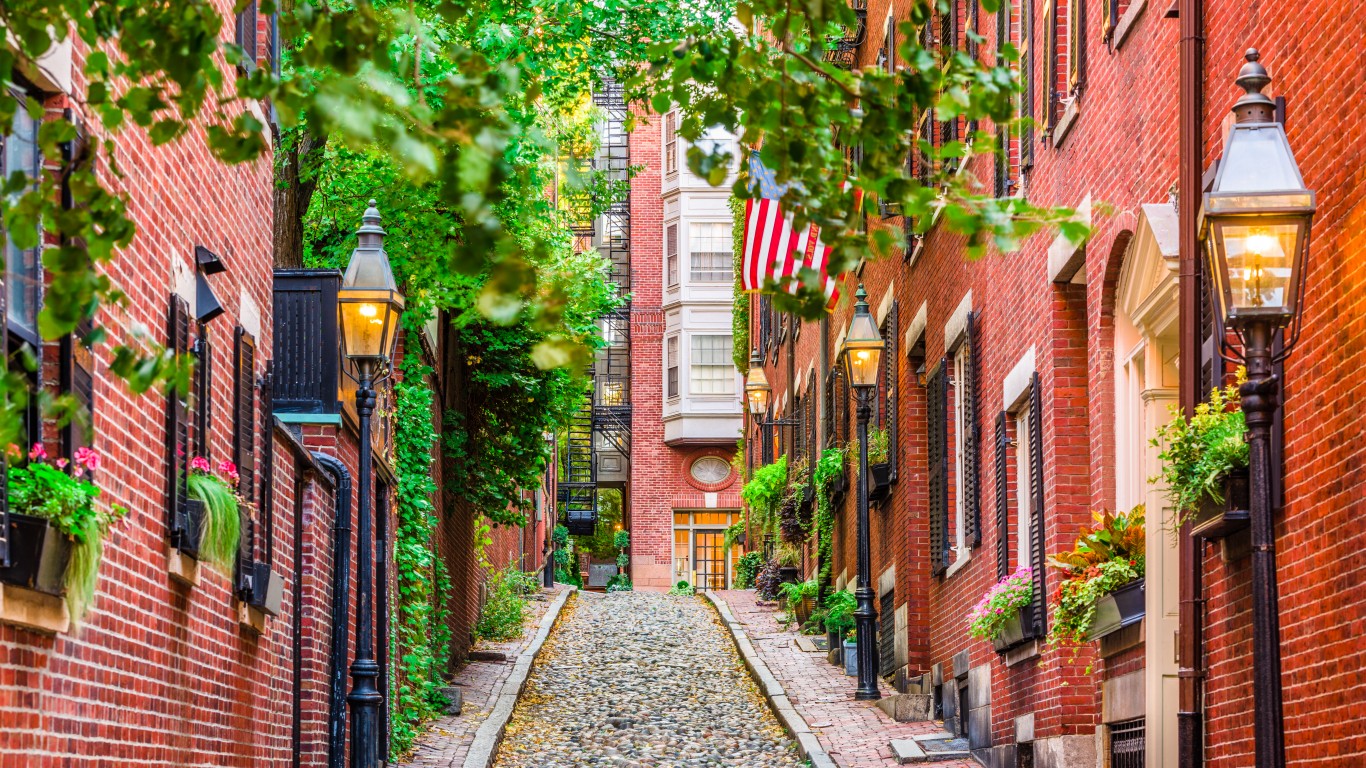
19. Boston, Massachusetts
> Founded in: 1630
Boston is one of several Massachusetts cities with a history that stretches back around four centuries. After other groups of Puritans left England in search of a new home, John Winthrop led his group across the Atlantic Ocean, arriving on the eastern shore of what is now Massachusetts in 1630.
Winthrop’s party first landed in what would become Salem, which had been established a few years earlier, but they sailed on to find a more hospitable home, reaching the area of Boston. Originally named Tremontaine, the city’s name was later changed to Boston, after the name of the home city of many of the settlers.
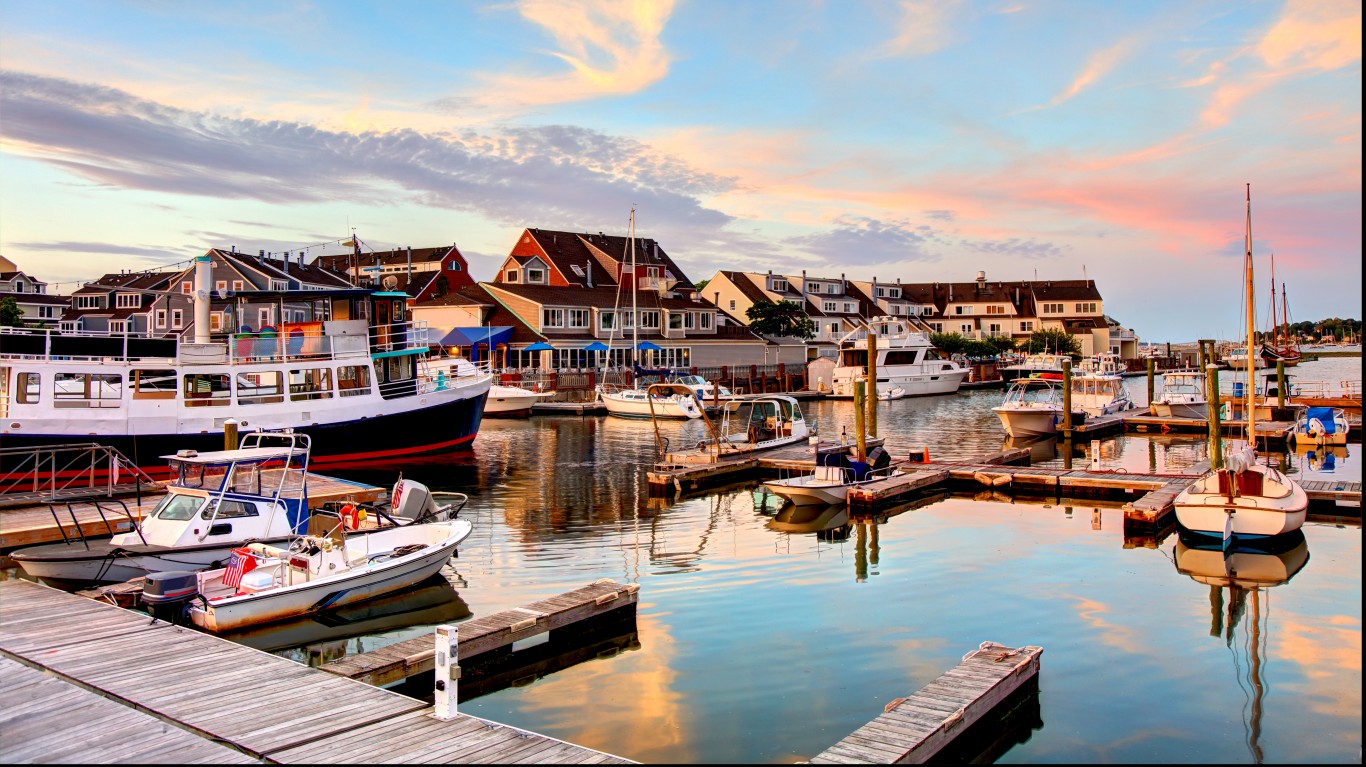
18. Salem, Massachusetts
> Founded in: 1626
Though it is now best known for its infamous witch trials, Salem, Massachusetts, is also one of the oldest continuously inhabited settlements in America. In 1626, Roger Conant led a group of colonists to the area that would later become Salem. He had previously lived in earlier New World settlements Plymouth, Nantasket, and Cape Ann but did not like either the conditions or the society in each of those places.
Conant initially settled the city in 1626. At the time, the Native American name for the area was Naumkeag. Settlers soon changed the name to Salem, which is derived from the Hebrew word for peace.
[in-text-ad]

17. Quincy, Massachusetts (tied)
> Founded in: 1625
Quincy, Massachusetts, was first settled in 1625. The area that would become Quincy was initially split off from the town of Braintree.
Quincy has gone through a number of different names in its past. When it was first settled in 1625, the city went by the name of Mount Wollaston, after Captain Wollaston who helped settle the area. The name was changed to Merry Mount shortly after, a name that stuck until 1792. That year, the city was finally renamed Quincy in honor of Colonel John Quincy — a family member of Presidents John Adams and John Quincy Adams.

16. New York, New York
> Founded in: 1624
America’s largest city is also one of its oldest — nearly 400 years old. Unlike many of the oldest cities in the country, New York City was not founded by Native Americans or English settlers, but rather by Dutch settlers in 1624, though the actual year the city was founded is debated.
The Dutch settlers arrived along the Hudson River in either 1623 or 1624, on what is today known as Governors Island — a part of the city located in the river, west of Brooklyn and south of Manhattan. Still, the New York City seal features the year 1625, when the Dutch moved from Governors Island to Manhattan.
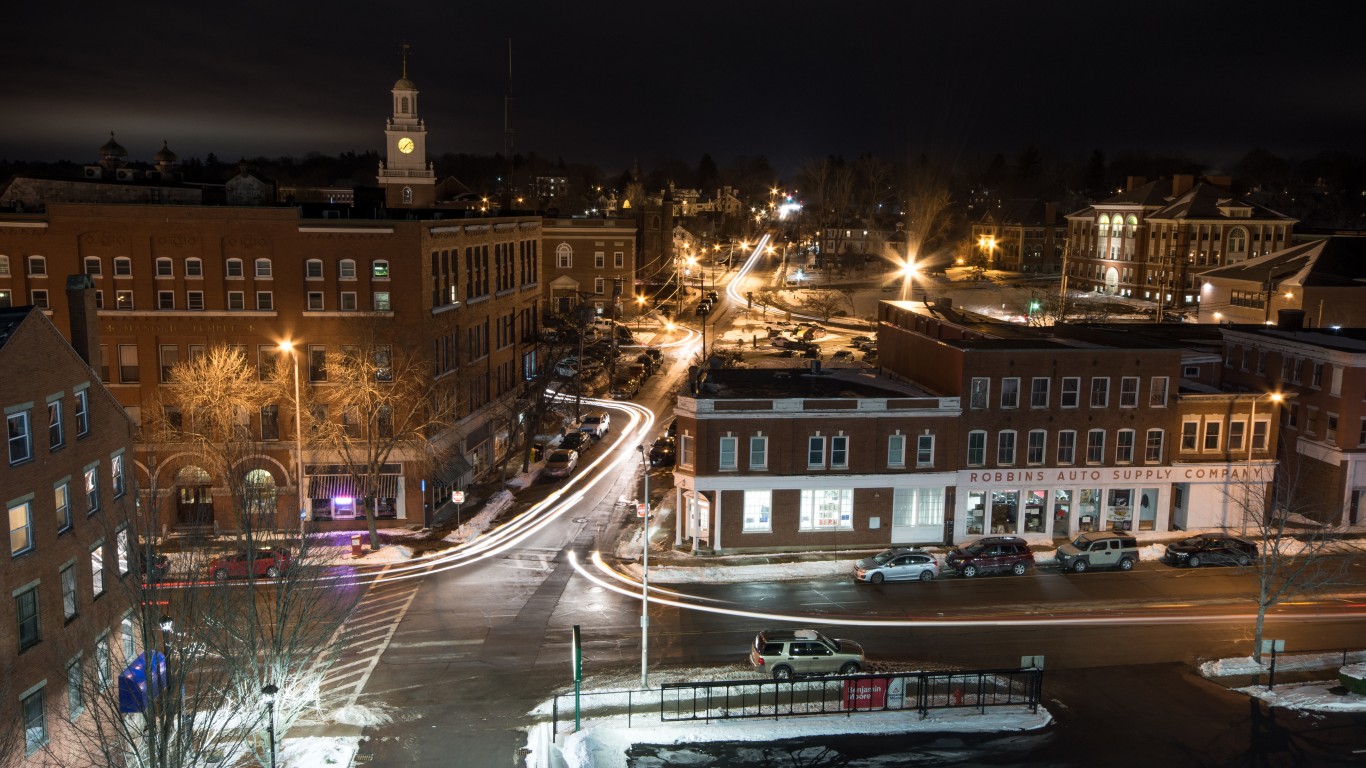
15. Dover, New Hampshire (tied)
> Founded in: 1623
Dover is New Hampshire’s first settlement, and one of the nation’s oldest cities, tracing its history back nearly four centuries to 1623. Brothers William and Edward Hilton were fishmongers from London, England who settled the area because it was near two different rivers.
In 1623, the brothers referred to the area as Cochecho Plantation, using the Abenaki Tribe name for the area. A decade later, English Puritans purchased the land and renamed it Bristol. In 1637, the area was incorporated and named Dover — possibly as a shot at the Puritans in the area — after lawyer Robert Dover, who was opposed to Puritans.
[in-text-ad-2]
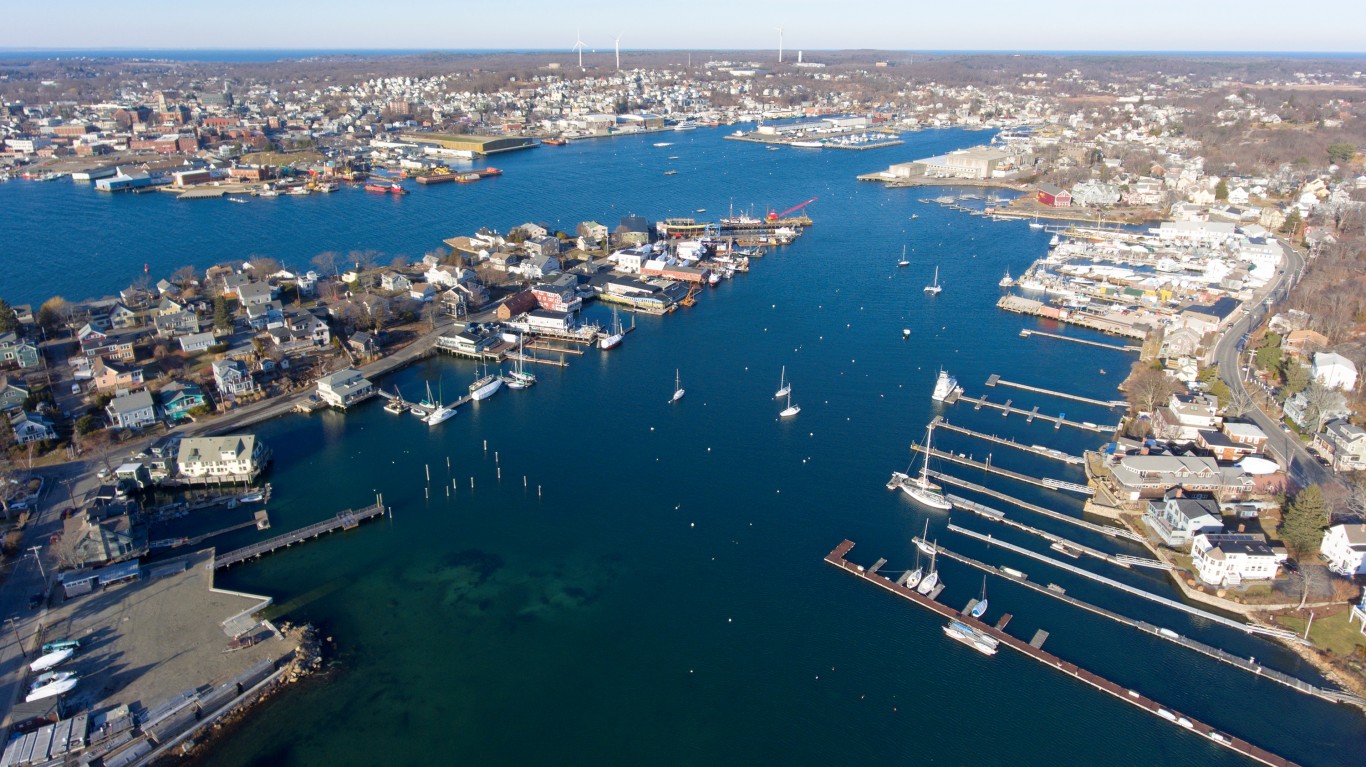
14. Gloucester, Massachusetts (tied)
> Founded in: 1623
Gloucester, Massachusetts, has been a continuously inhabited settlement since 1623, but it has been on the map for even longer. Explorer Samuel de Champlain first came across Gloucester Harbor and mapped the area in either 1605 or 1606.
Gloucester is on the northern end of Massachusetts Bay, about 25 miles northeast of Boston. The area has thrived as a fishing and maritime center and was officially incorporated as a town in 1642.
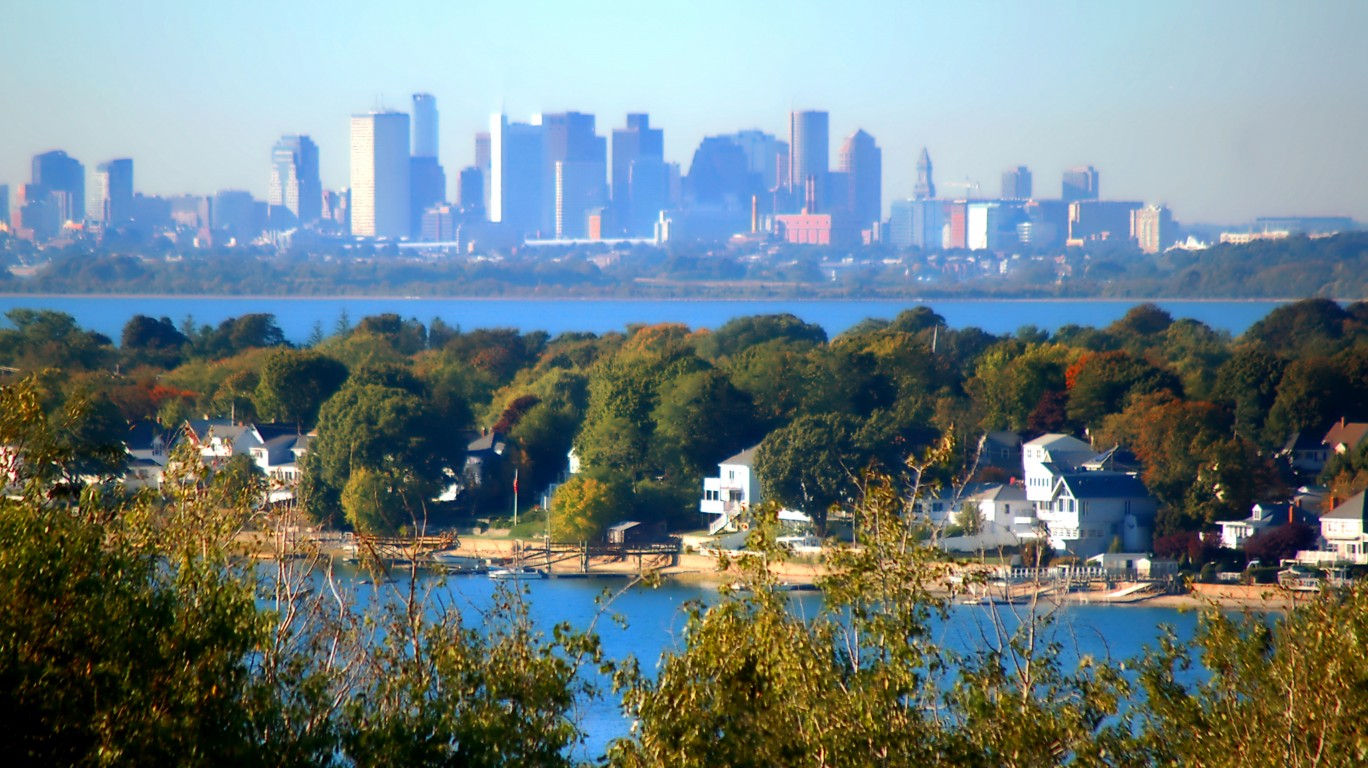
13. Weymouth, Massachusetts
> Founded in: 1622
Weymouth, Massachusetts, was settled at the behest of English businessmen, hoping to establish a New World trading post. In 1622, 60 men landed in what is now Weymouth, attempting to set up a business that could ship furs, fish, and lumber back to England.
Like many of the other cities on this list, Weymouth’s early history was a violent one. Early settlers sometimes resorted to stealing food from local Native Americans as they struggled to survive in a new land with harsh winters. In 1623, colonists felt the members of the Massachusett Tribe were growing frustrated with their presence and launched a surprise attack, killing their chief, tribal leaders, and more.
[in-text-ad]
12. Plymouth, Massachusetts
> Founded in: 1620
Many Americans are likely familiar with the story of Plymouth Rock. Around 100 Pilgrims seeking religious freedom boarded the Mayflower and set sail for the New World, arriving in what is now Plymouth, Massachusetts, in December of 1620.
The Pilgrims had initially agreed to set up their new homes near the Hudson River, but bad weather forced the Mayflower to land near Cape Cod. Plymouth was the first colony in New England.

11. Newport News, Virginia
> Founded in: 1619-1622
It is a matter of historical debate as to exactly what year Newport News was founded. There is a written reference to “Newportes News” as early as 1619, though other sources put the city’s founding year at 1621 or 1622.
The unique name comes from Captain Christopher Newport, who sailed several times back and forth between Jamestown and England. There are historical records of both English and Irish settlers to the area at that time.

10. Jersey City, New Jersey
> Founded in: 1618
Like many of the oldest cities along the Hudson River, the Dutch founded the first permanent settlement in Jersey City, New Jersey. Specifically, Dutch fur trappers settled the area on the western bank of the Hudson River in 1618.
Initially known to the Dutch as Paulus Hook, the area was granted to Michael Pauw in 1630. The area consisted of just a few family farms until 1660, when Governor Peter Stuyvesant signed a peace treaty with nearby Native Americans and more settlers came in.
[in-text-ad-2]
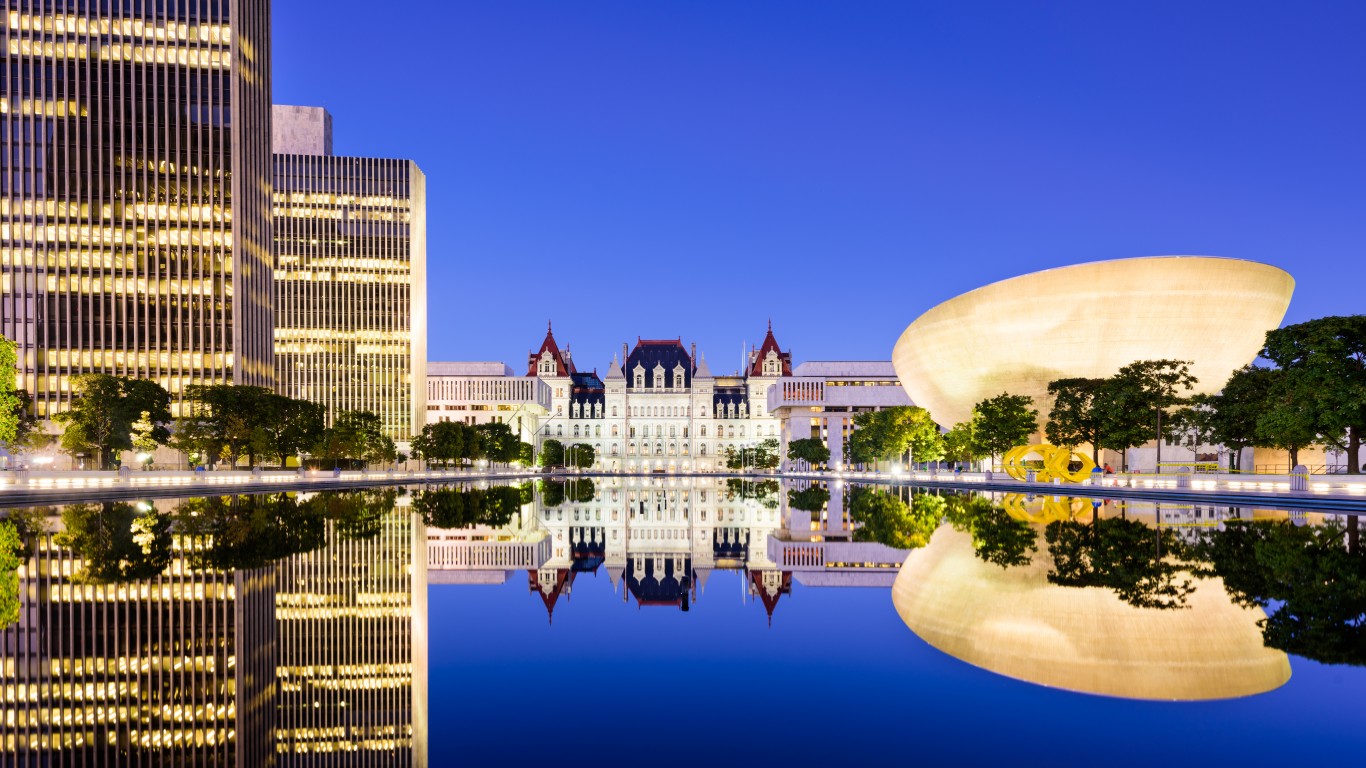
9. Albany, New York
> Founded in: 1614
New York’s capital of Albany is also the state’s oldest city, dating back to 1614. Henry Hudson, the namesake of the Hudson River, landed in the area in 1609. Though Iroquois Native Americans had already lived in the area, the outpost Hudson’s Dutch sponsors built in 1614 served as the basis for the permanent settlement that would go on to become Albany.
After floods damaged the initial settlement, more settlers moved to the area in 1615, and again in 1623. French Huguenot and Dutch families were the first inhabitants. The city is named for King Charles II’s brother James, the Duke of Albany.
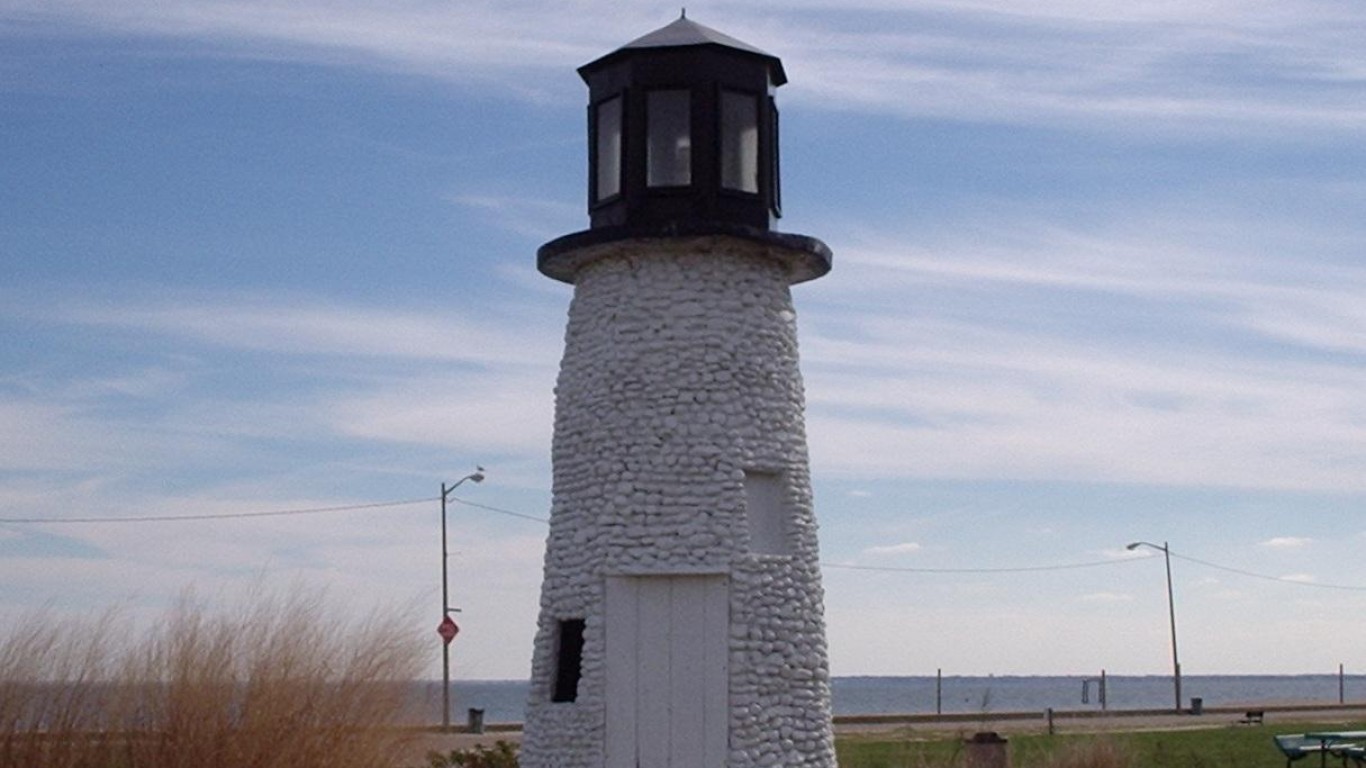
8. Hampton, Virginia
> Founded in: 1610
When English colonists arrived in the city of Kecoughtan in 1607, it was already populated by Native Americans, led by Chief Powhatan. By 1610, relations between the two groups had grown sour, and Governor Thomas Gates forcibly removed the Native Americans to establish the city.
The Native name of Kecoughtan was first changed to Elizabeth Cittie and later changed again to its present name of Hampton.
[in-text-ad]

7. Santa Fe, New Mexico
> Founded in: 1607-1610
Santa Fe, New Mexico, is the oldest continuously inhabited city founded by Europeans outside of the Eastern Seaboard. Records are sketchy, but the city was founded some time between 1607 and 1610. It is the oldest capital city in the United States.
Credit for settling what is now Santa Fe is given to Spanish conquistador Don Pedro de Peralta. There had been some people living there since 1607, but Peralta expanded the settlement around 1609 through 1610.
6. Jamestown, Virginia
> Founded in: 1607
Jamestown is perhaps the most well known of America’s very old cities. In 1607, just over 100 English men and boys arrived in the New World to create a permanent settlement. The expedition was funded by the Virginia Company, and the colonists built a fort in the summer of 1607.
Conditions in the early settlement were difficult. The winter of 1609-1610 became known as the “Starving Time,” as colonists could not leave the fort over fears of attacks from Native Americans, and crops struggled. The vast majority of settlers died.
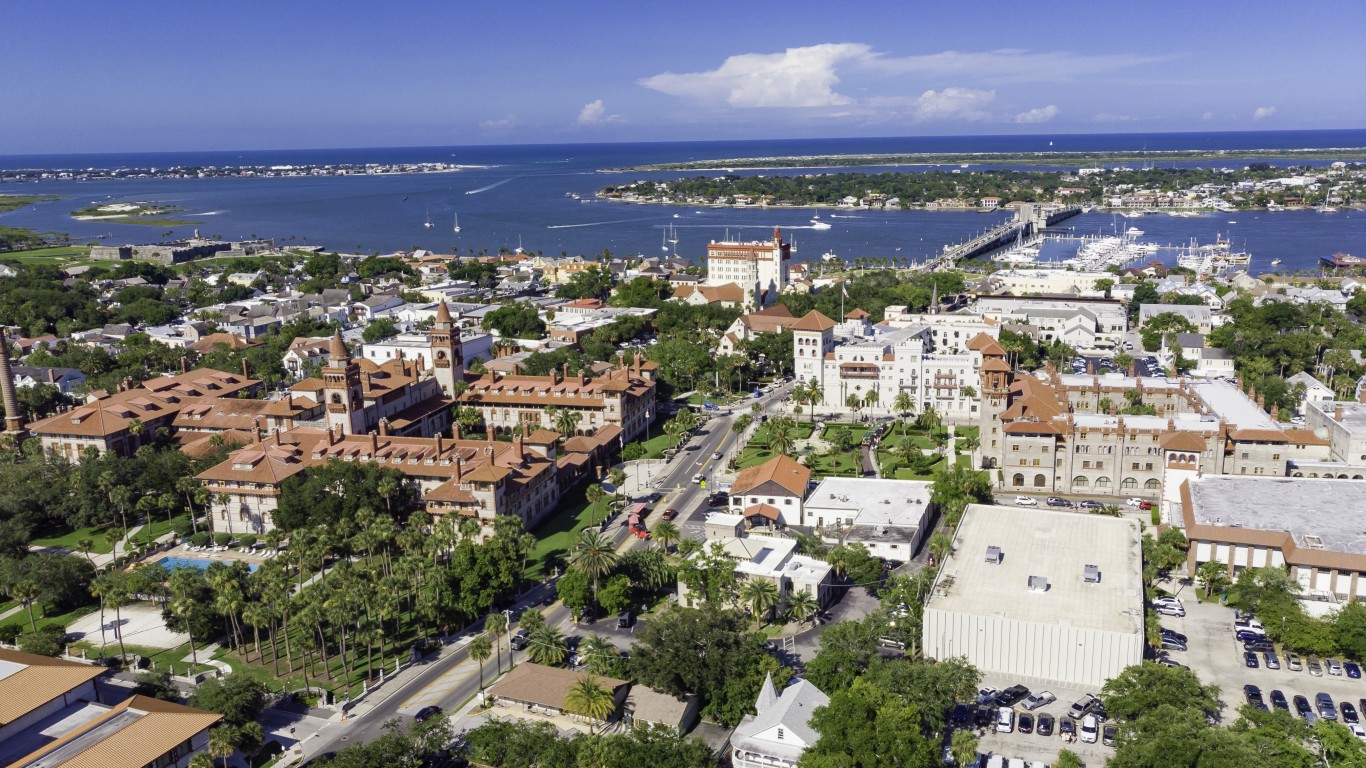
5. St. Augustine, Florida
> Founded in: 1565
St. Augustine is the oldest continuously inhabited city in America originally founded by Europeans. The area that would become St. Augustine was first discovered by a European when Ponce de Leon came across it in 1513 as he searched for the fountain of youth of legend. He would claim the land, naming it La Florida, on Spain’s behalf.
The area, however, would not come to be known as St. Augustine until 1565, when conquistador Don Pedro Menendez de Aviles settled the area permanently. In present day, St. Augustine is located about 35 miles south of Jacksonville, along Florida’s eastern coast. The city is home to over 14,000 residents.
[in-text-ad-2]
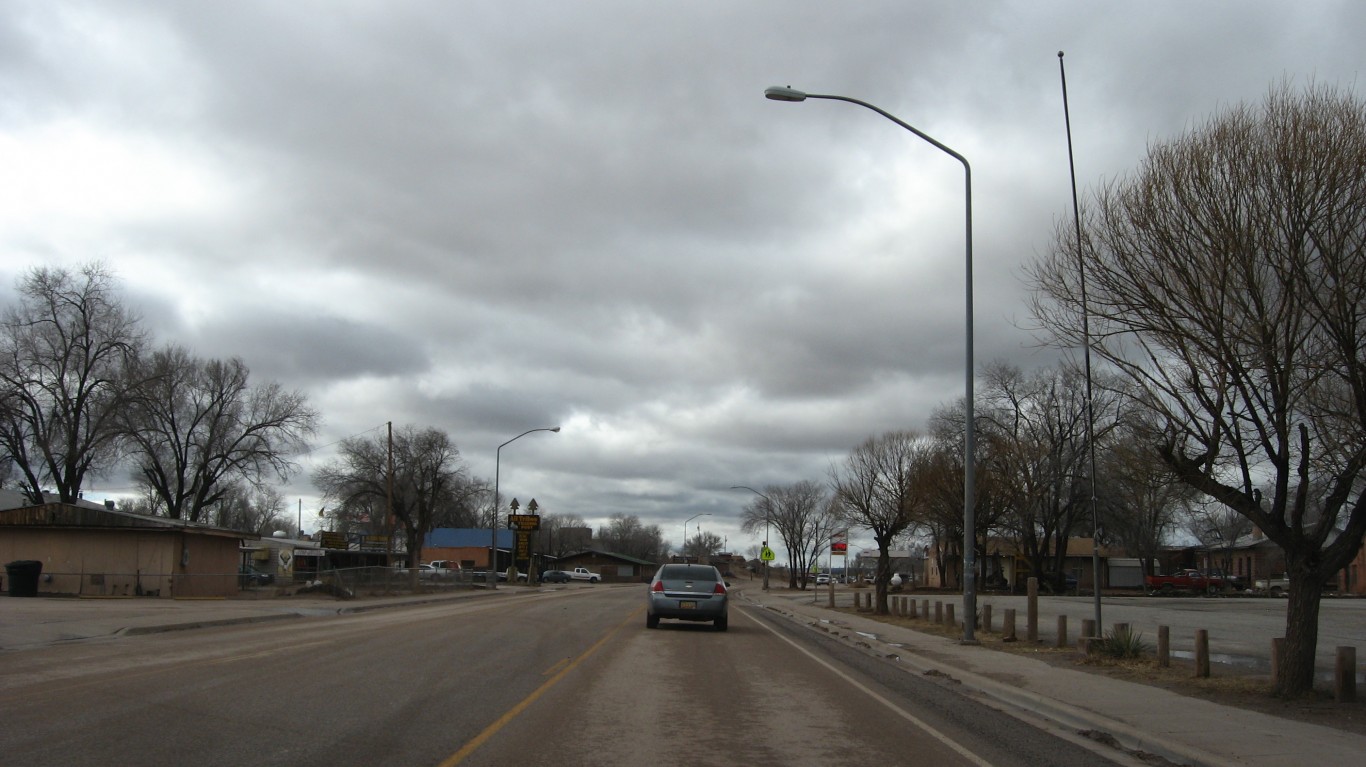
4. Zuni Pueblo, New Mexico
> Founded in: C. 1500
Zuni Pueblo, now in present day western New Mexico, has been inhabited since at least the 1500s, as the first recorded interaction between the Zuni tribe and a Spaniard was in 1539.
The Zuni people have been in the southwestern part of the U.S. since 2500 B.C., and their language and culture dates back thousands of years earlier than that. There are still over 6,000 people living in the Zuni Pueblo, according to the latest census data.
3. Taos Pueblo, New Mexico
> Founded in: C. 1400
Taos Pueblo is a UNESCO World Heritage site, a National Historic Landmark, and one of a handful of continuously-inhabited cities founded by Native American peoples before the arrival of Europeans to North America.
Based on archaeological evidence, researchers believe that Native Americans inhabited the Taos Valley of New Mexico beginning around 900 A.D. They would go on to construct the first Taos Pueblo, which is now a ruin, around 1325. The tribe relocated to its present location around 1400.
[in-text-ad]

2. Acoma Pueblo, New Mexico
> Founded in: C. 1200
Acoma Pueblo has been inhabited since at least 1200, making it one of the oldest continually inhabited cities in America. Though today it is largely used as a historical site and tourist attraction, there are still a few dozen members of the Acoma Tribe who maintain residences in the old city.
Sometimes known as “Sky City” because of its elevation, Acoma Pueblo is just a few miles west of Albuquerque. The Acoma name has several suspected definitions, including “white rock people” and “a place that always was.”
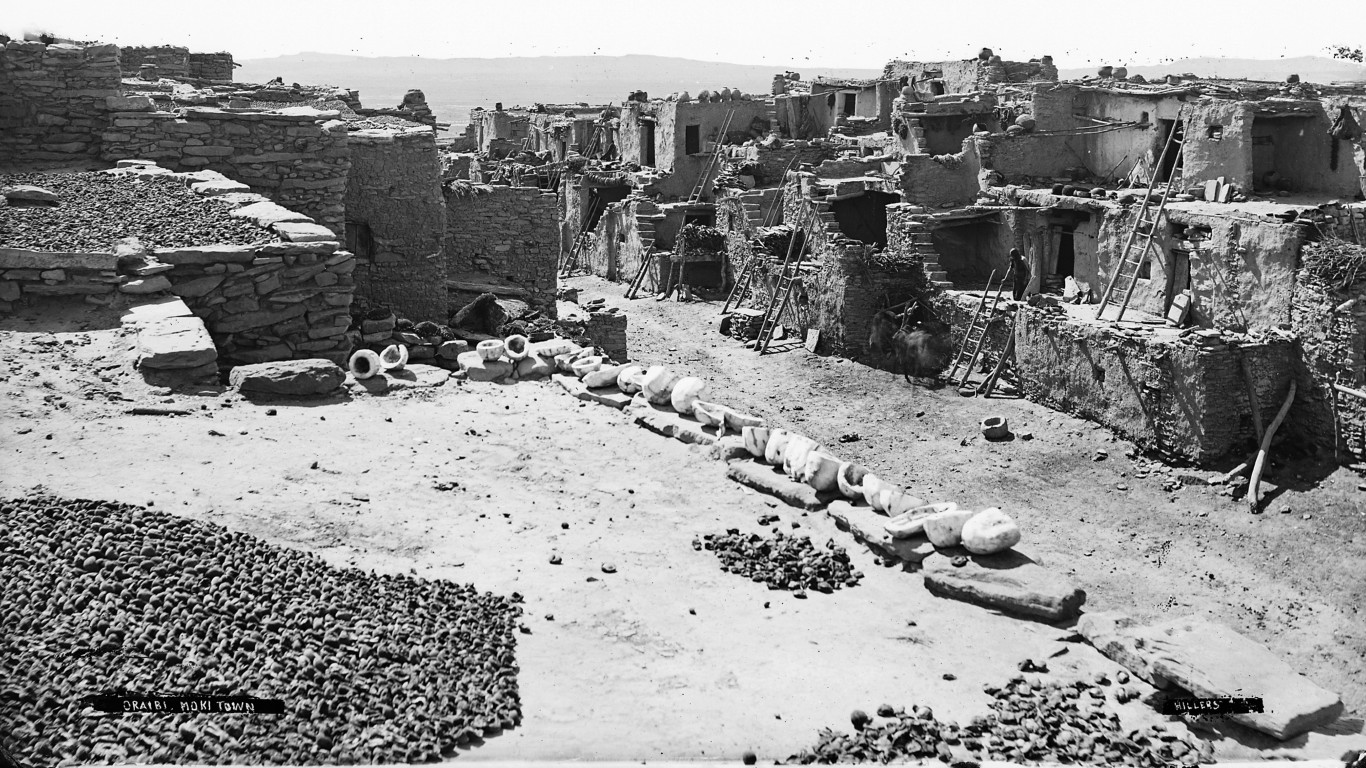
1. Oraibi, Arizona
> Founded in: C. 1100-1150
Oraibi, a Hopi pueblo in northeastern Arizona, is believed to be the oldest continuously occupied settlement in the United States. Estimates place the founding of the village around the years 1100 or 1150.
While many of the oldest Native American villages have become historical sites featuring tours and other activities, Oraibi is relatively isolated from the outside world. The people of Oraibi still adhere to a traditional way of life, and photography is prohibited.
Are You Still Paying With a Debit Card?
The average American spends $17,274 on debit cards a year, and it’s a HUGE mistake. First, debit cards don’t have the same fraud protections as credit cards. Once your money is gone, it’s gone. But more importantly you can actually get something back from this spending every time you swipe.
Issuers are handing out wild bonuses right now. With some you can earn up to 5% back on every purchase. That’s like getting a 5% discount on everything you buy!
Our top pick is kind of hard to imagine. Not only does it pay up to 5% back, it also includes a $200 cash back reward in the first six months, a 0% intro APR, and…. $0 annual fee. It’s quite literally free money for any one that uses a card regularly. Click here to learn more!
Flywheel Publishing has partnered with CardRatings to provide coverage of credit card products. Flywheel Publishing and CardRatings may receive a commission from card issuers.
Thank you for reading! Have some feedback for us?
Contact the 24/7 Wall St. editorial team.

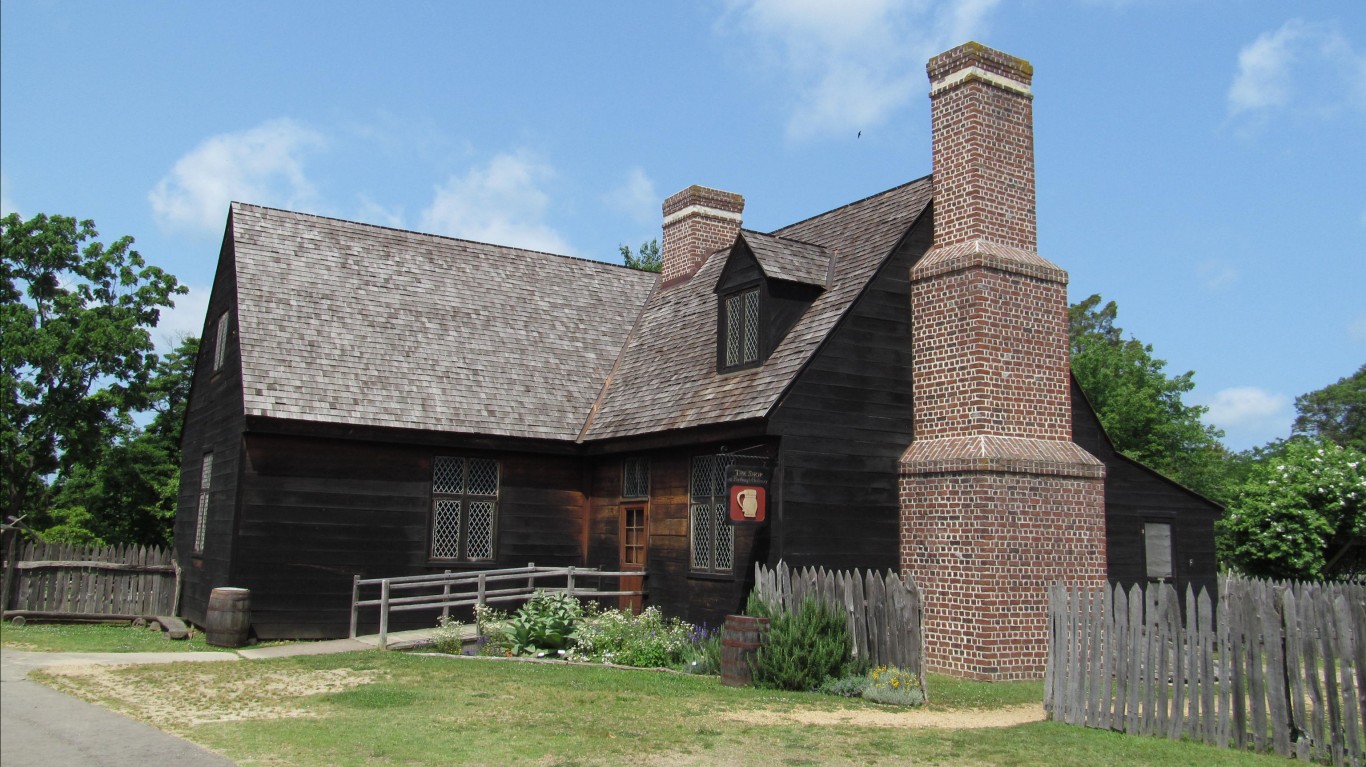
 24/7 Wall St.
24/7 Wall St.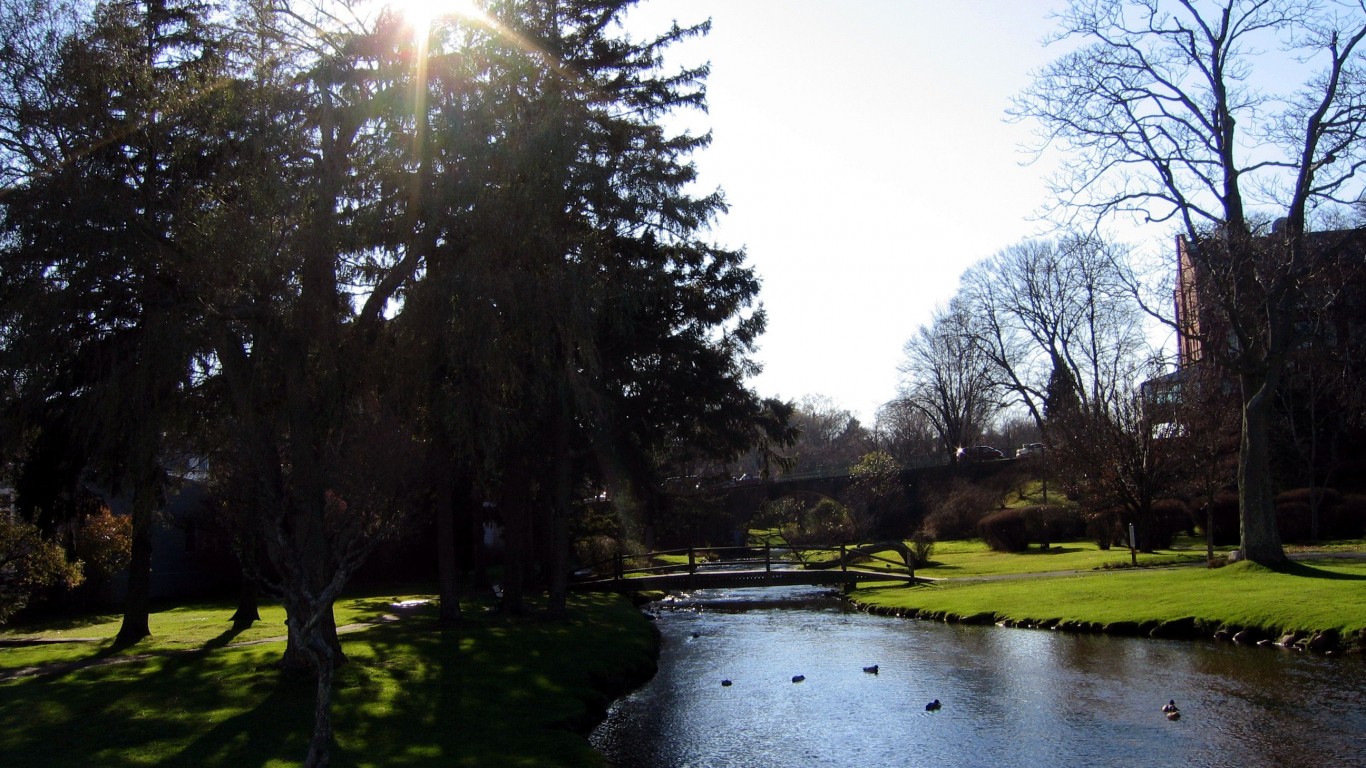
 24/7 Wall St.
24/7 Wall St. 24/7 Wall St.
24/7 Wall St.